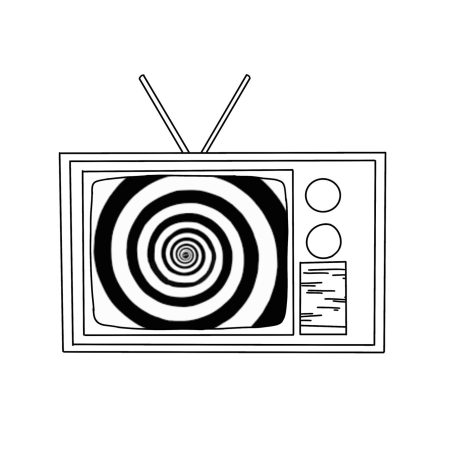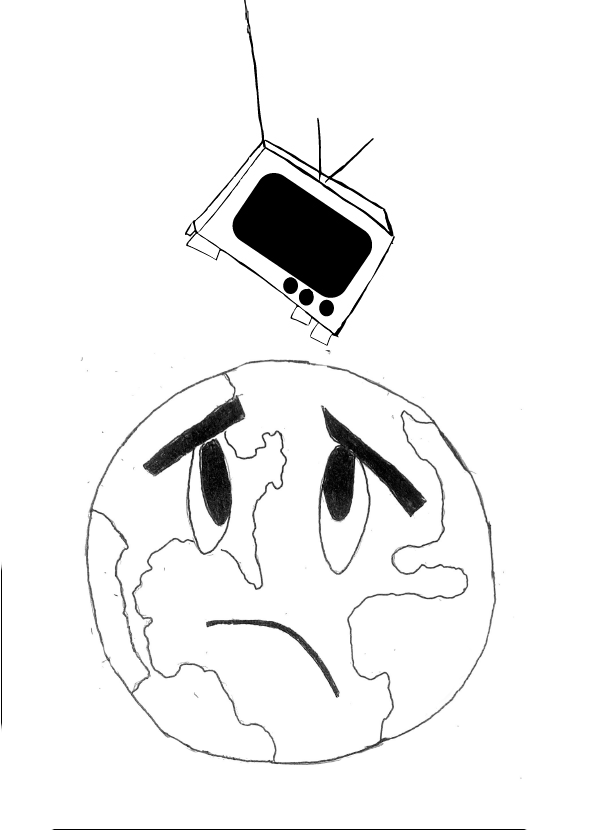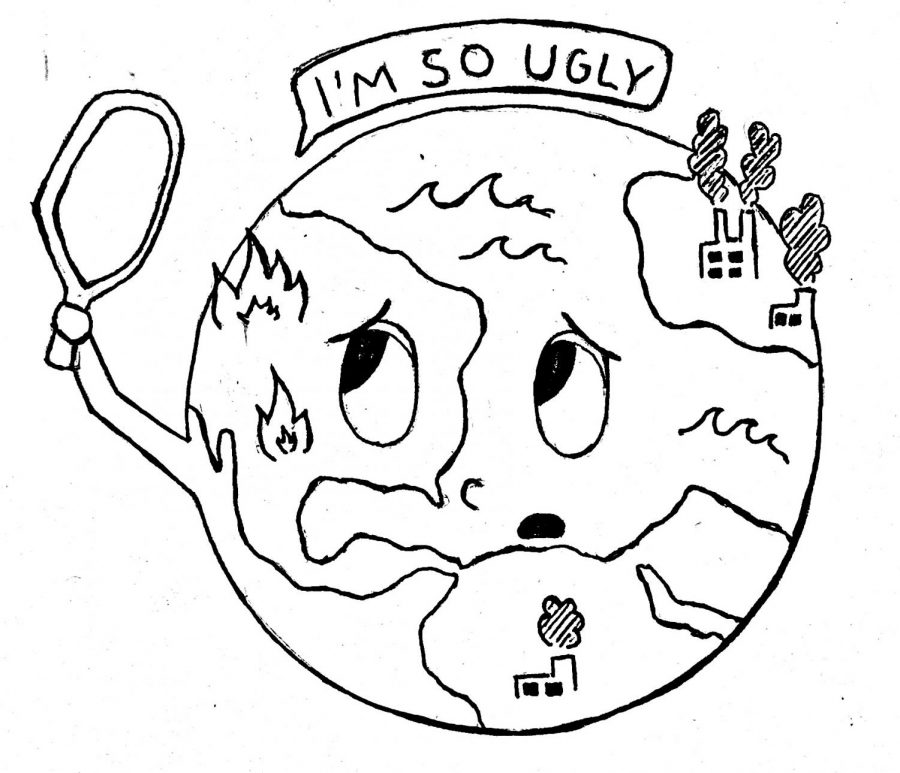Content warning: The materials discussed within this article may evoke strong emotions as it discusses suicide. If this topic is sensitive to you, please proceed with caution and access the mental health resources below.
As a die-hard cinema and literature aficionado, William Shakespeare’s “Romeo and Juliet” was ingrained in my mind as the definition of true love. They were a pair so infatuated with one another, that they would rather die than be alive without the other — romantic right? For a long time, I failed to recognize the issue with this quintessential love story, but it became clear after rewatching the movie a couple of weeks ago. As Romeo drank poison and Juliet stabbed herself, I came upon the horrifying realization that I was rooting for their death. I wanted them to die together so they could be eternally happy. I found the idea to be romantic, ethereal in a way. And I hated myself for it. How could I, someone who has lost loved ones to suicide and struggled with my own mental health, hope for these characters to have completed suicide attempts? The answer is strangely simple. Mass media has manipulated, glamorized and romanticized the idea of suicide heavily throughout the past decades.
Arguably, the worst romanticization of suicide is portrayed in the Netflix show “13 Reasons Why,” which premiered in 2017. From depicting school counselors as incompetent to the graphic filming of protagonist Hannah Baker’s suicide, the entirety of the show is a successful revenge plot against the people whom she blames for her death. The 13 receivers of Baker’s tapes undergo emotional trauma, feeling guilty for the role they played in her death. While the show was a source of entertainment for many, attracting an audience of six million within the first month of release, it also had harrowing effects on its vulnerable consumers. According to the National Association of School Psychologists, “13 Reasons Why” is a dangerous show to watch for those who struggle with mental illness. They released a statement that found “[the show’s] powerful storytelling may lead impressionable viewers to romanticize the choices made by the characters and/or develop revenge fantasies.”
However, the dangers of glorifying suicide exceed fantasizing. Studies have shown that there was an increase in suicide by 28.9 percent nationwide after the debut of the series, especially for teenage women, the show’s main viewer demographic. With these unsettling statistics public, producers continue to glamorize suicide in their films to increase the show’s entertainment value. It is clear that production companies do not care about their viewer’s mental health, nor the impact that their work could have on the consumers of their content. So, the responsibility of safe viewership relies upon the audience.

The National Action Alliance for Suicide Prevention created a set of guidelines to keep in mind when consuming content that glamorizes suicide. To begin with, it is important to recognize that individuals do not attempt suicide for one singular reason, or even 13. Instead, suicide attempts are the result of complex issues occurring in one’s life combined with mental health illness and a lack of mental health resources. It is also vital to understand that help is available, and although the characters in these shows and movies do not receive the support they need, there are alternate mental health resources that exist. Finally, they recommend not viewing or reading content that explicitly outlines a suicide attempt to prevent copycats.
This is not to say that all shows depicting mental illness are dangerous to watch. There are dozens of cinematic representations of suicide and mental illness that give nuanced and non-triggering insight into the lives of those who live with suicidal ideation and depression. Shows like “BoJack Horseman” and “Shameless” don’t paint the characters who struggle with these issues as heroes or villains. Instead, these individuals are well-rounded people that have ups and downs throughout their lives. These productions are most certainly not perfect; however, they provide clear and honest descriptions of mental illness that exist not to sensationalize, but to humanize.
The creators of media who glamorize and romanticize suicide and depression most likely do not intentionally harm others. They may believe that their graphic and triggering portrayals shock the world enough to inspire change. Maybe they believe that their shows could destigmatize mental illness. To be honest, I don’t care what they were trying to do. What matters is what they did and what they continue to do. As long as the media puts sensationalizing and manipulating mental illness for entertainment purposes above the safety of young viewers, it is vital to remain educated about how to mitigate the disastrous impacts that come from their works.
If you are struggling with your mental health, please reach out to the resources provided. Redwood’s Wellness Center is open during school hours and has counselors available. If you would like to see someone outside of Redwood, The Greenlight Clinic is a short-term free therapy service for teens in the Bay Area in need of mental health services. If you are more comfortable over the phone, the suicide hotline 988 and crisis text line (text HOME to 741741) are available 24/7. If you or someone you know is in danger of hurting themselves or others, please call 911.











